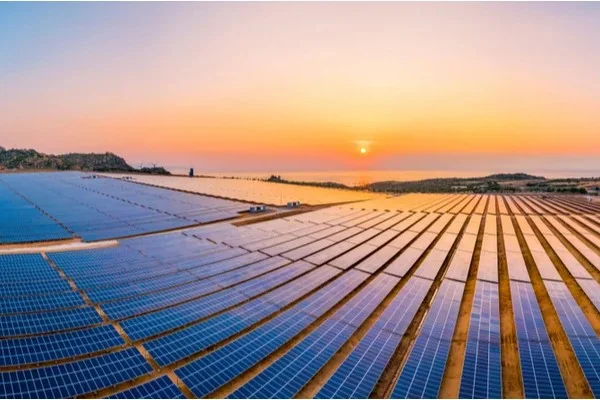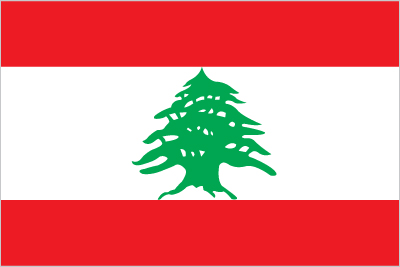Sustainable Textiles and Clothing

Ayah Hattit founded CIVVIES, a Lebanese eco-friendly clothing brand, to join the growing fight against excessive shopping habits in the Middle East. Hattit said, “There is a lot of ignorance in the region about sustainable fashion.”
CIVVIES offers a trial collection of hand-printed designs made from recycled organic materials, with an environmentally friendly production strategy to match. With ambition, Hattit aims to bring sustainable fashion to a larger market by reducing the high costs of the industry on consumers. Hattit said, “I want to make CIVVIES an alternative and affordable clothing brand.”
Hattit was drawn to her career during her engineering studies, where her background in sustainable product design turned into addressing the environmental damage caused by “fast fashion” trends. She developed a business model aimed at reducing the carbon impact of supply transportation, minimizing waste from signage manufacturing, and providing fair wages to her employees.
The result is CIVVIES, which caused a big buzz upon its launch in Beirut’s fashion circles. CIVVIES’ innovative designs entered the wardrobes of many social media influencers and other Beirut fashion enthusiasts. According to Hattit, customers enthusiastically responded to the uniqueness of CIVVIES’ clothes, as each design is handmade only once. She said, “We won’t be able to make the same design again, even if we tried.”
For CIVVIES, the main challenge will be reducing production costs while also maintaining Hattit’s steadfast commitment to running the business with sustainable principles. Hattit said, “I don’t want to provide any misleading information about the sustainability of our work in any form,” referring to the deceptive marketing practices of several products claiming to be “sustainable.”
This comprehensive sustainability mission affects CIVVIES’ entire business model. Hattit imports organic materials from neighboring Turkey instead of China, reducing carbon emissions in shipping. CIVVIES’ employees diligently sweep the floor after each day of sewing, keeping fabric scraps for future use. Hattit said, “I have three bags of leftover materials at my grandmother’s house.”
CIVVIES attracted funding from a local investor, and the remaining capital comes from Hattit’s personal account. The brand is heading towards financial self-sufficiency but could use more investment to reach new markets through improved marketing. Nevertheless, Hattit believes that CIVVIES is on the right path to achieving an enviable balance – by attracting high-end fashion types while keeping prices accessible to the average consumer. Hattit ignored advice to focus on a specific demographic. She said, “We want to attract those who want sustainable fashion and those looking for something unique.”
 Algeria
Algeria Bahrain
Bahrain Comoros
Comoros Djibouti
Djibouti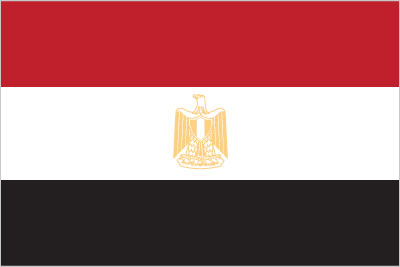 Egypt
Egypt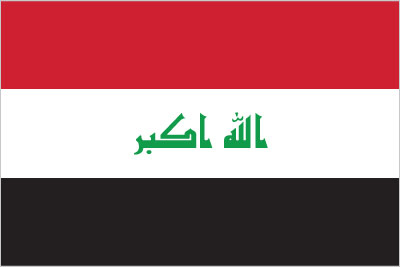 Iraq
Iraq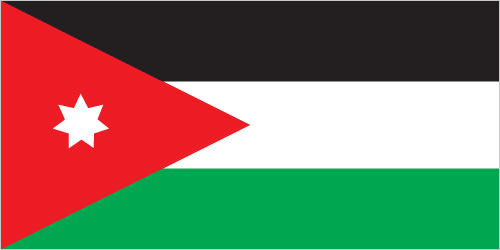 Jordan
Jordan Kuwait
Kuwait Lebanon
Lebanon Libya
Libya Mauritania
Mauritania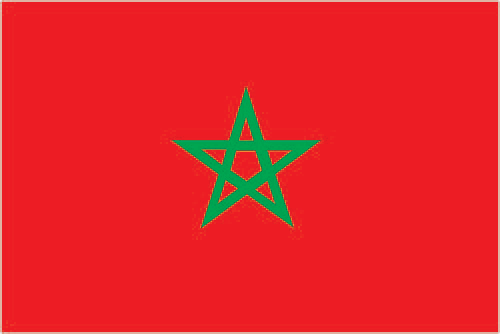 Morocco
Morocco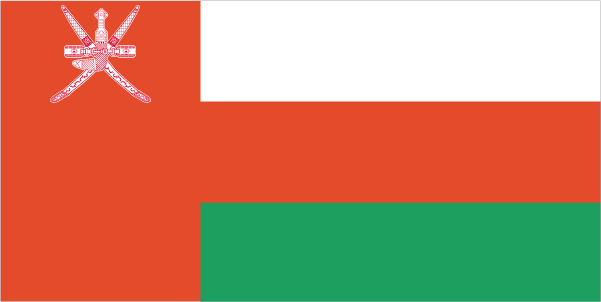 Oman
Oman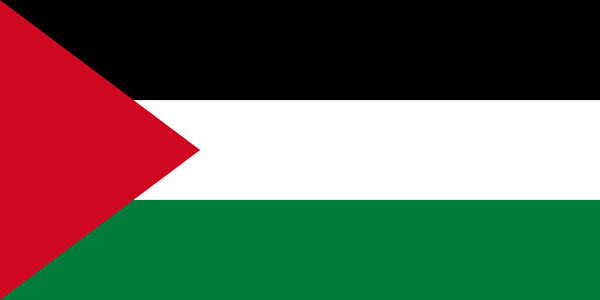 Palestine
Palestine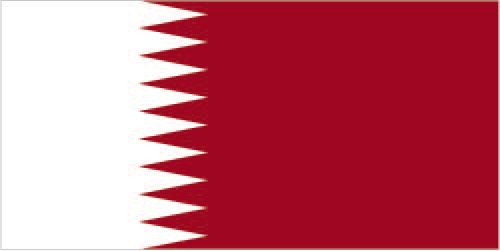 Qatar
Qatar Saudi Arabia
Saudi Arabia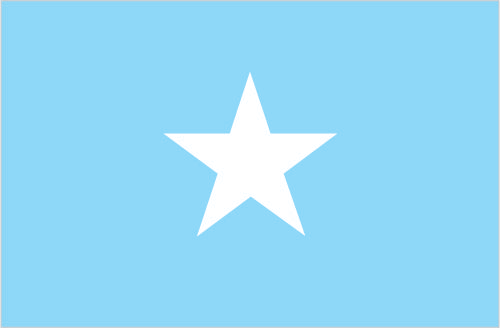 Somalia
Somalia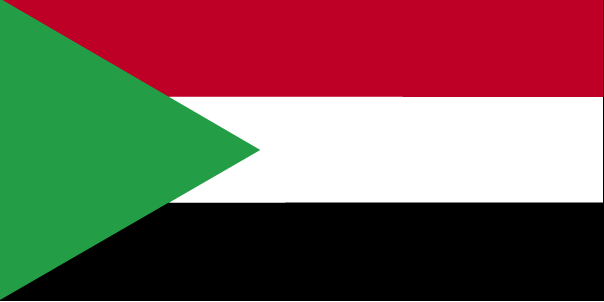 Sudan
Sudan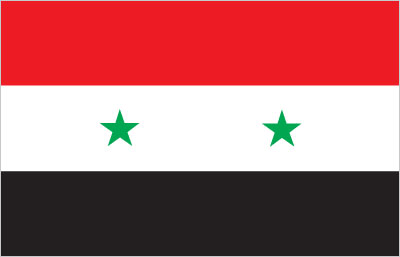 Syria
Syria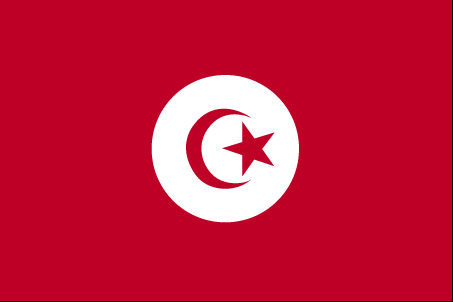 Tunisia
Tunisia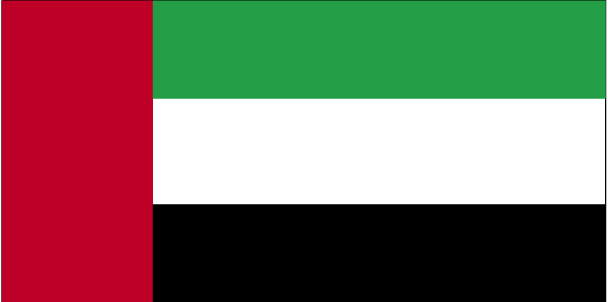 UAE
UAE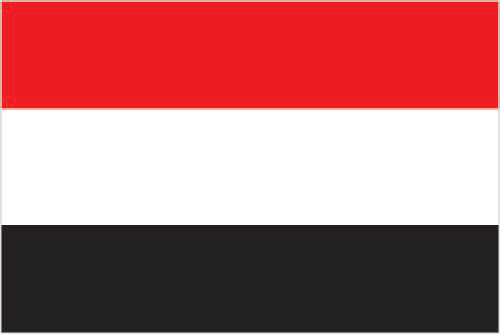 Yemen
Yemen